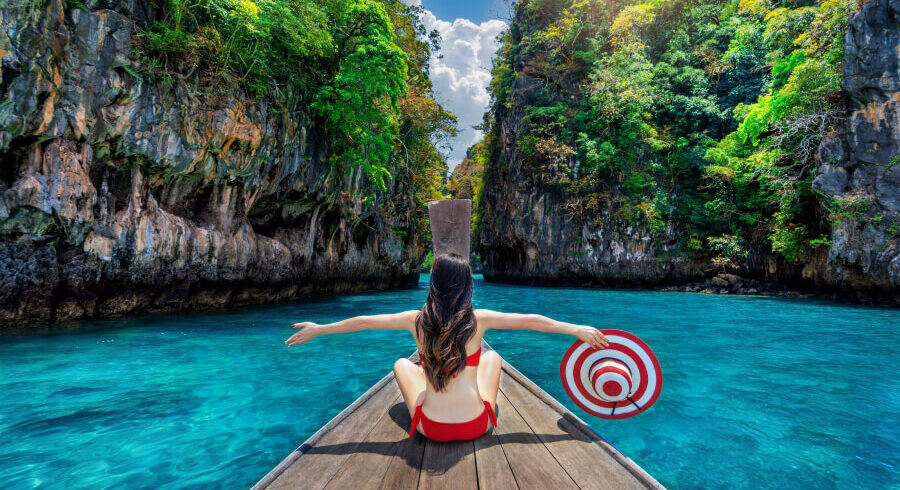Overview
On arrival at the airport, you will be met and transferred to the hotel, which takes around 40 minutes. Depending on the time of arrival, there may be time to relax. In the late afternoon, we take a walk through Tirana to gain our first impressions of the lively capital of Albania, where tradition and modernity blend harmoniously.
Highlights
- Stop at the birthplace of Enver Hoxha
- Kruja, fortress and national museum
- Durres, Roman theatre
- Korce, Museum of Medieval Art
Itinerary
Cost
The Cost Includes
- Group transfer from Tirana airport to the hotel and back
- Round trip in an air-conditioned, local coach
- 7 x overnight stays in selected 4- and 3-star hotels (national category)
- 7 x breakfast from the buffet
- 7 x dinner as a 3-course menu or from the buffet
- Tourism tax
- Local, German-speaking tour guide
- City tours in Tirana, Durres, Kruje, Elbasan-Pogradec, Korce.
- Admission to all museums and tombs
- Entry in:
- Tirana:
- City tour in Tirana, historical museum
- Stop at the birthplace of Enver Hoxha
- National Museum Bunk’Art 1 in Tirana
- House of foliage
- Tirana Archaeological Museum
- Kruja:
- Kruja, fortress and national museum
- Kruje Ethnographic Museum
- Durres:
- Durres, Roman theatre
- Korce:
- Museum of Medieval Art
- Medical museum
- Pogradec:
- Summer residence of the former dictator
The Cost Excludes
- Flight
- Drinks in hotels and restaurants
- Tips
- Other personal expenses
- Citytax / 1,50 EUR / person / night
FAQs
Annapurna Base Camp is a Grade B or a moderately difficult trekking route. So any fit person can do this trek, even if you do not have any previous experience. You should be aware of what to expect and mentally prepare for it. Then, as long as you will too, you can.
On average, you walk about 4 to 6 hours per day. One or two days can be as less as 3hrs and one or two days can be as long as 7hrs.
The highest altitude reached is 4190m. This is the elevation of Annapurna Base Camp. ABC is the highest we will climb in this trek.
Yes, you can charge batteries en route. Charger should be brought. There are hot shower facilities as well. You may have to pay a certain amount for both ($1-$2). Negotiate. Also, a hot water facility could be free at a lower elevation.
No. There are no ATMs on this trek route. You will have to draw enough cash in Pokhara or Kathmandu. There are a number of ATMs in these cities. Everything is paid in Nepali rupees. So money should be exchanged before the start of the trek.
Yes. The Internet can be accessed in most places. Sometimes, there might be some technical problems. The Internet in Nepal is not as fast as you are used to and at times you can just lose connection.
Not really. It depends on you. If you want, ABC trekking can be done independently. You could hire a guide and a porter by yourself instead of going through an agency or not hire a guide at all. Although, not having a guide can be a little problematic during the offseason.
It really depends on you. Is it your first time in Nepal? How confident are you of being able to find your way around? How pressed on time are you? If you go through an agency, it will be costlier but everything will be planned. You will only have to come, trek and return.
For the Annapurna region, pay for guides range from $20 to $30 per day and porters take $15 to $25 per day.





